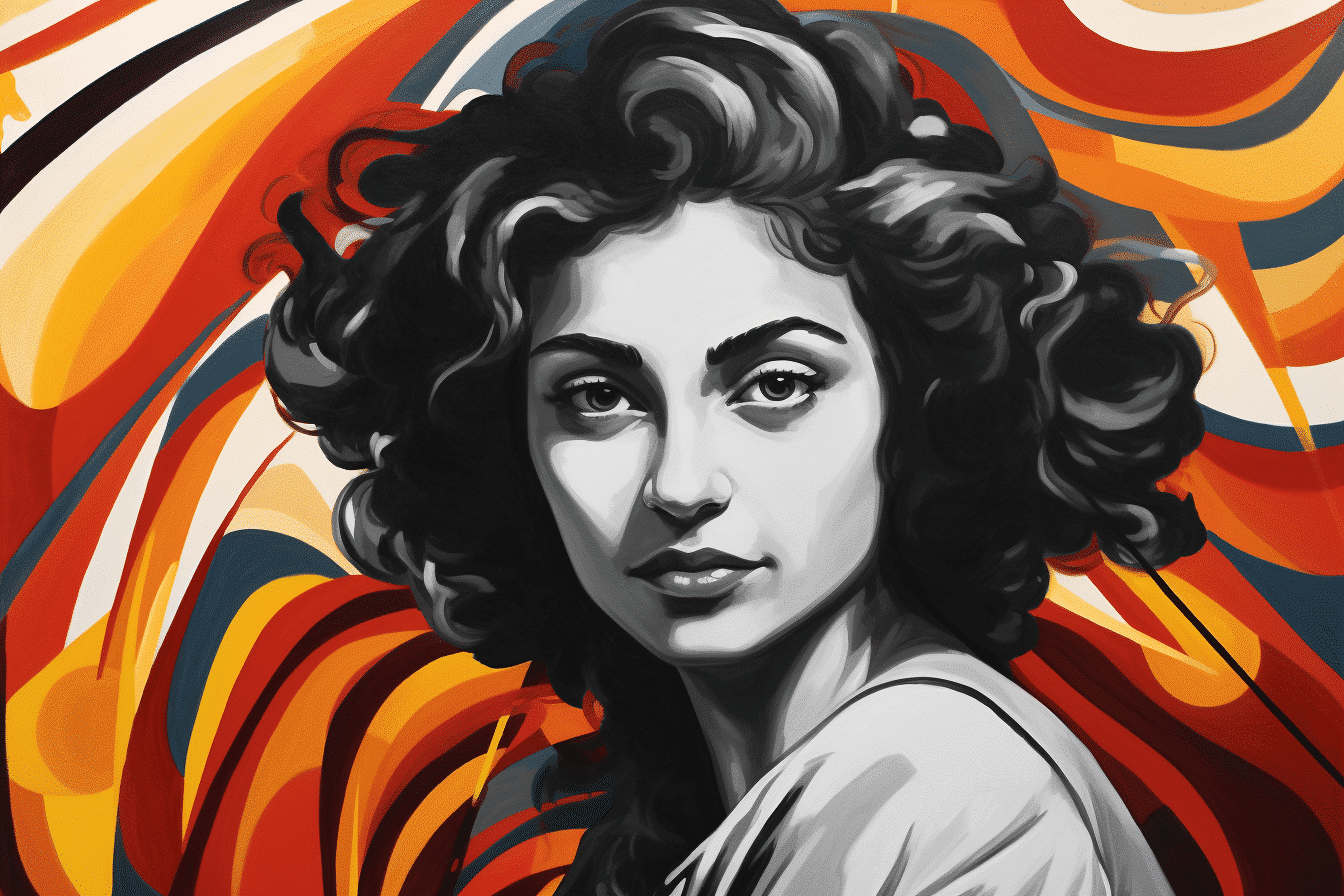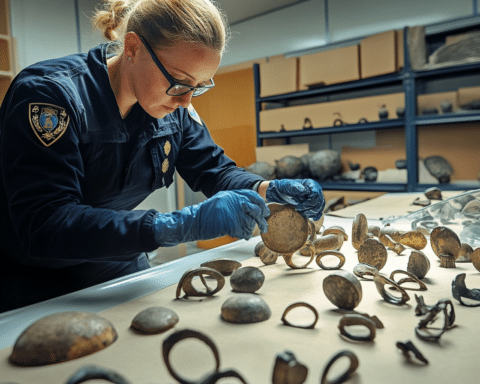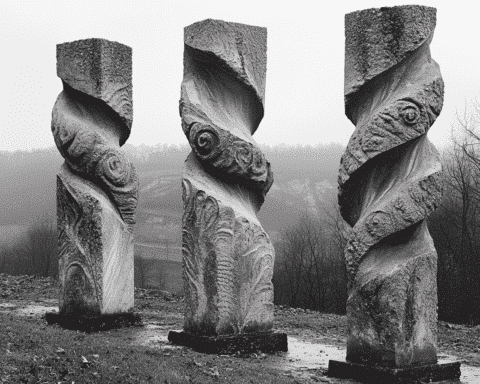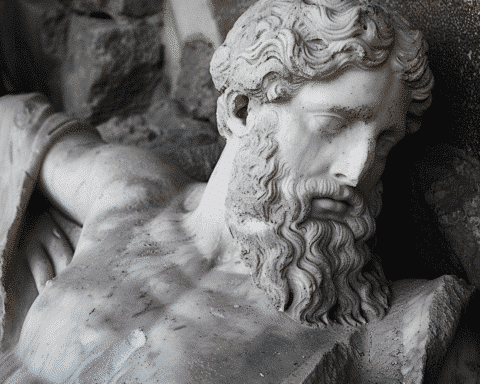In art, the power to evoke memories, resurrect the past, and celebrate culture is unparalleled. Soheila Sokhanvari, an Iranian-born artist now residing in the UK, embodies this power through her evocative paintings. Her retrospective, “We Could Be Heroes…” is not just an exhibition; it’s a journey through time, emotions, and the intricate layers of a homeland lost to revolution. Sokhanvari’s art bridges the gap between a pre-revolutionary Iran, marked by its progressive-conservative dichotomy, and her narrative of displacement and longing.
The Artistic Odyssey of Soheila Sokhanvari
Sokhanvari’s transition from Iran to the UK in 1978, initially for education, became a permanent relocation due to the 1979 Iranian Revolution. This pivotal moment in her life spurred her artistic journey. “Overnight, I lost access to everyone I loved, my language, my culture, everything,” Sokhanvari shared in a poignant recollection. The separation, akin to the lovers in David Bowie’s “Heroes,” inspired her to create art that resonated with her nostalgia and loss.
Initially, Sokhanvari pursued a career in science to appease her mother, but a life-altering cycling accident in 1997 steered her back to her true calling as an artist. Her early works utilized Iranian crude oil, symbolizing the intertwined history of oil, politics, and culture. However, Sokhanvari’s acclaim primarily stems from her exquisite miniatures, a painstaking process involving egg tempera on calf vellum, taking weeks to complete. These works, especially the series “Rebel Rebel”, highlight silenced female performers of pre-revolutionary Iran, praised by critics like Jackie Wullschläger and Jonathan Jones for their joyful defiance and depth.
Reviving Lost Icons
A key motif in Sokhanvari’s work is the revival of forgotten Iranian icons, particularly female performers who faced a cultural erasure post-revolution. Her paintings are a tribute to these women, their stories resurrected and celebrated through vibrant colours and intricate patterns. Sokhanvari’s miniatures serve as modern-day martyr portraits, ensuring that these women and their legacies are not forgotten.
Connection and Recognition
The impact of Sokhanvari’s work extends beyond the art world. Her portraits have reached a wider audience through platforms like the Persian language TV channel Manoto. This exposure has brought recognition and gratitude from the subjects she portrays; some contacted her from Iran, expressing their appreciation for being remembered and celebrated.
Looking to the Future with Hope
Sokhanvari remains optimistic about Iran’s future, buoyed by the secular leanings of the younger generation and growing solidarity among men and women striving for change. “You have to have hope, right?” she asserts, her art serving as a testament to resilience, memory, and the enduring spirit of a culture.
Soheila Sokhanvari’s artistic journey is a poignant narrative of loss, resilience, and remembrance. Through her miniatures, she reconnects with her roots and offers a window into a world that was, and perhaps, what could be again. Her art is a beacon of hope and a reminder of the enduring spirit of those who strive to keep their culture and memories alive against all odds.




